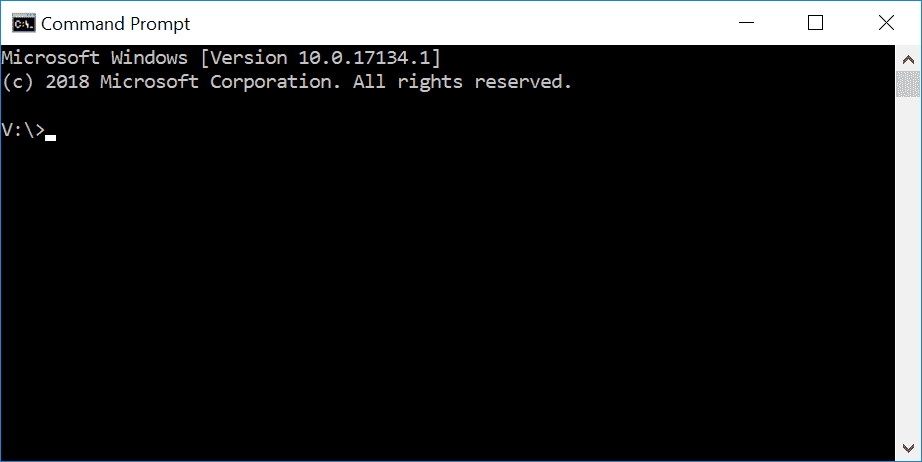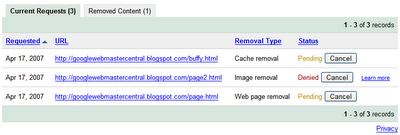Dec 12, 2018 graphics programming in dev c with examples graphics in dev c rar graphics in dev c free download bgi graphics c graphics.h download for code blocks dev c include library how to add. Dec 27, 2011 Dev-C is looking for translators, because the author doesn't master all thirty languages Dev-C is (partially) translated in. So, if you're willing to translate Dev-C into a language or update the existing translation, don't hesitate to open up YourLanguage.lng and start translating/updating, using English.lng as the reference language. Your First Program in C: This tutorial will help you create your first program in the C programming language. Here is what you will need: Windows 7 Operating System (or other) In this tutorial, you will be walked through creating your program using a Windows 7 Operati. Note that LINE and FILE are common, ANSI-Compliant, preprocessor defines that are available to your compiler. See Predefined Macros, MSDN. One more thing: remember to use OutputDebugString so that the message goes into Output Window, not console. When a particular message goes to the VS output window, you can now double click on the message and VS will move you to that file and line. Nov 29, 2016 Delphi is the ultimate IDE for creating cross-platform, natively compiled apps. Are you ready to design the best UIs of your life? Our award winning VCL framework for Windows and FireMonkey (FMX) visual framework for cross-platform UIs provide you with the foundation for intuitive, beautiful. No console window (XP) when debugging. I don't have a console with gdb 5211or version 6. But I think that is mostly due to deficiencies in Dev-C's front end.
I have been trying to program some low-level graphics routines for a console
application. All of the
C++ books I have read have used the data structure union REGS to represent
the registry, and
functions such as int86(), outport, etc. etc. (included in dos.h). This
header may be obsolete, or
a Borland extension of C++ - I don't know. I turned to assembly to
accomplish the same function,
but the code shown below resulted in the Blue Screen of Death when the 'int'
command was
called.
int mode = -1;
void SetVideoMode (int local_mode)
{
// This function consists of two parts: firstly, it saves the current
// video mode in the global variable oldmode, and secondly, it loads
// various values into the registry and calls the Video BIOS interrupt
// for changing screen mode.
mode = local_mode;
asm( 'movb $0xF,%ah' ); // The BIOS interrupt to return
// the video mode.
asm( 'int $0x10' ); // The Video BIOS
interrupt.
asm( 'movb %al,_oldmode' ); // Stick the mode value (in %al)
// into the
variable oldmode. */
// The old mode has been retrieved, now all that needs to be done is the
// actual mode changing.
asm( 'movb $0x0,%ah' ); // Interrupt 0h - Screen mode.
asm( 'movb _mode,%al' ); // Put the mode into %al
asm( 'int $0x10' ); // Video BIOS interrupt.
}
I have never been very good at assembly, but this code has been terribly
hard to debug. Does anyone
know if a new version of the dos.h functions exists for Dev-C++, or how to
use assembly to the
same extent?
Gratefully,
When you've created a C++ console app project and entered your code, you can build and run it within Visual Studio, and then run it as a stand-alone app from the command line.
Prerequisites
Have Visual Studio with the Desktop development with C++ workload installed and running on your computer. If it's not installed yet, follow the steps in Install C++ support in Visual Studio.
Create a 'Hello, World!' project and enter its source code. If you haven't done this yet, follow the steps in Create a C++ console app project.
If Visual Studio looks like this, you're ready to build and run your app:
Build and run your code in Visual Studio
To build your project, choose Build Solution from the Build menu. The Output window shows the results of the build process.
To run the code, on the menu bar, choose Debug, Start without debugging.
A console window opens and then runs your app. When you start a console app in Visual Studio, it runs your code, then prints 'Press any key to continue . . .' to give you a chance to see the output.
Congratulations! You've created your first 'Hello, world!' console app in Visual Studio! Press a key to dismiss the console window and return to Visual Studio.
Run your code in a command window
Normally, you run console apps at the command prompt, not in Visual Studio. Once your app is built by Visual Studio, you can run it from any command window. Here's how to find and run your new app in a command prompt window.
In Solution Explorer, select the HelloWorld solution and right-click to open the context menu. Choose Open Folder in File Explorer to open a File Explorer window in the HelloWorld solution folder.
In the File Explorer window, open the Debug folder. This contains your app, HelloWorld.exe, and a couple of other debugging files. Select HelloWorld.exe, hold down the Shift key and right-click to open the context menu. Choose Copy as path to copy the path to your app to the clipboard.
To open a command prompt window, press Windows-R to open the Run dialog. Enter cmd.exe in the Open textbox, then choose OK to run a command prompt window.
In the command prompt window, right-click to paste the path to your app into the command prompt. Press Enter to run your app.
Congratulations, you've built and run a console app in Visual Studio!
Next Steps
Once you've built and run this simple app, you're ready for more complex projects. See Using the Visual Studio IDE for C++ Desktop Development for more detailed walkthroughs that explore the capabilities of Visual C++ in Visual Studio.
Troubleshooting guide

Come here for solutions to common issues when you create your first C++ project.
Dev C Don't Use Console Set

Build and run your code in Visual Studio issues
Dev C Don't Use Console Game
If red squiggles appear under anything in the source code editor, the build may have errors or warnings. Check that your code matches the example in spelling, punctuation, and case.
Run your code in a command window issues
Dev C Don't Use Console For Mac
You can also navigate to the solution Debug folder at the command line to run your app. You can't run your app from other directories without specifying the path to the app. However, you can copy your app to another directory and run it from there.
If you don't see Copy as path in the shortcut menu, dismiss the menu, and then hold down the Shift key while you open it again. This is just for convenience. You can also copy the path to the folder from the File Explorer search bar, and paste it into the Run dialog, and then enter the name of your executable at the end. It's just a little more typing, but it has the same result.